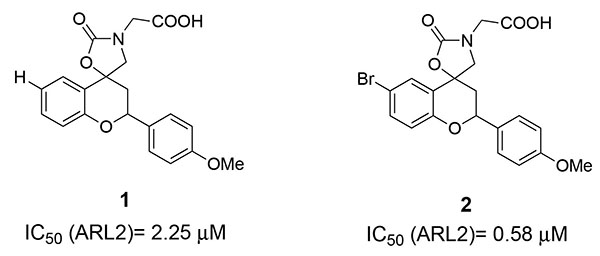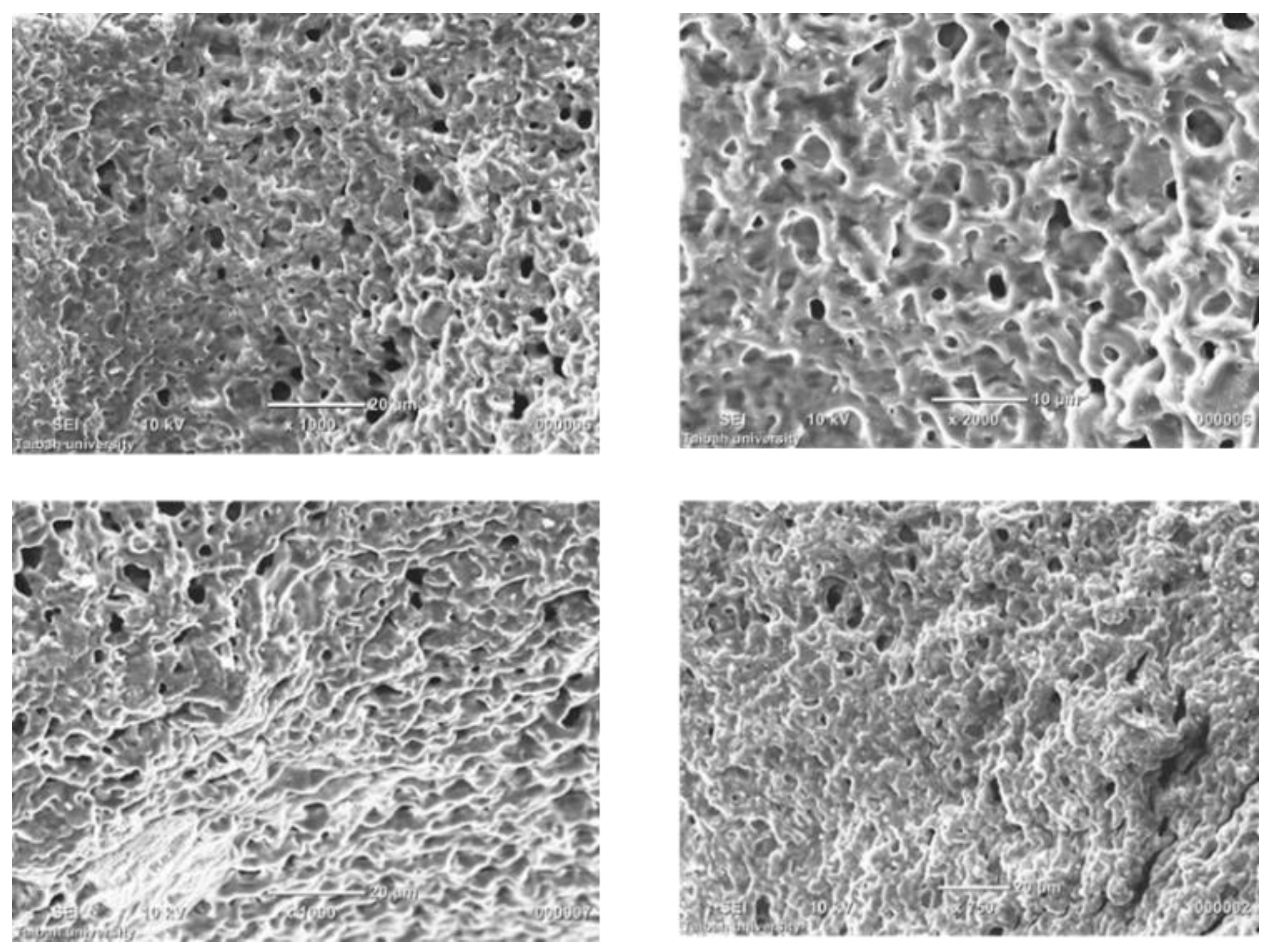
Bending motion of a rod-like p(Sp-NIPAAm) gel was invoked by local light-irradiation because of asymmetric shrinkage of the gel. Rates of reswelling from the light-induced shrunken state of the spirobenzopyran-functionalized poly( N-isopropylacrylamide) ( p(Sp-NIPAAm)) gels increased with increasing ring-opening rates of spirobenzopyrans in the gels. This understanding is vital for applications such as pixelated displays - where in-plane conductivity causes crosstalk between neighbouring pixels but out-of-plane conductivity affects the contact resistance - and raises the hope that the conductivity characteristics could be tuned by controlling the morphology.We introduced different spirobenzopyran derivatives into poly( N-isopropylacrylamide) gels and evaluated the effects of spontaneous ring-opening rates of the spirobenzopyrans on light-responsive volume change behaviors of the gels. looked in more detail and discovered that the observed anisotropy in both the magnitude of conductivity and the conduction mechanism within spin-coated PEDOT:PSS films arises from pancake-shaped PEDOT-rich regions separated by lamellae of PSS (pictured). The widely accepted view is that PEDOT:PSS grains, which are highly conducting, are surrounded by weakly conducting PSS shells.

For such a widely used material, however, little is known about the charge transport and morphology of the blend itself, other than that conductivity is much higher in the plane of the film than perpendicular to it. PEDOT:PSS (poly(3,4-ethylenedioxythiophene): poly(styrenesulphonate)) is a highly conducting and transparent blend that is commonly used as a spin-coated layer in organic electronic devices to improve their charge-transport characteristics. The precision and reliability of the method makes it very promising for several applications and for fundamental studies at the nanoscale. With this method, not only have they realized several structures, including nanorings, serpentines and dots, with dimensions lower than 10 nm, but they have also obtained a very low surface roughness (<5 Å). After coarsely pre-patterning a metal surface using electron-beam lithography, they used TEM-sputtering to ablate the structures into much smaller features. Michael Fischbein and Marija Drndić propose a solution based on a transmission electron microscope (TEM), using the interaction of transmitted high-energy electrons with metal surfaces that can give rise to spurious effects, including sputtering. Although features of a few tens of nanometres can be achieved almost routinely, shrinking the sizes to less than 10 nm remains a problem. The realization of structures of only a few nanometres in size is in high demand for studying physical properties that occur at the nanometre scale. Further engineering steps on the whole device might make this technology watertight.

Moreover, the presence of hydrophobic groups provides a surface that is semi-hydrophobic rather than hydrophilic. Ion conductivity can be improved by increasing the relative amount of hydrophilic side chains on which the lithium ions can hop.

The authors indeed found a promising candidate: a macromolecule made of a hydrophobic polynorbornene backbone with pendent phosphazene rings bearing both hydrophilic and hydrophobic side chains. They explored different ways of conferring hydrophobic properties to a good lithium-ion conductor, phosphazene functionalized with polyether chains on the side. Allcock and colleagues have synthesized and studied alternative polymer electrolytes with the aim of making a material that will conduct well and at the same time prevent water from seeping in and ruining the battery. But a substance as innocuous as water hinders extension of this technology to applications in humid or marine environments.

They are rechargeable, light and compact and their electrochemistry is well studied. Lithium-ion batteries are a great success of modern materials chemistry.


 0 kommentar(er)
0 kommentar(er)
